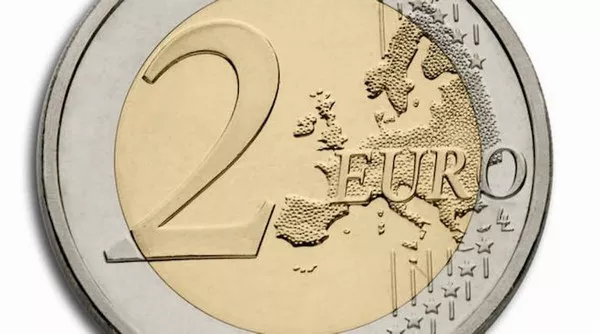In the complex world of global finance, the foreign exchange market plays a pivotal role in determining the strength and weakness of currencies. One recent trend that has captured the attention of investors and economists alike is the strengthening of the British Pound against the Euro. This article seeks to delve into the factors contributing to this phenomenon and to shed light on the intricate dynamics influencing the exchange rates between these two major currencies.
Macroeconomic Indicators
One of the primary factors influencing the strength of a currency is the overall economic health of the respective countries. In the case of the Pound and the Euro, both the United Kingdom and the Eurozone have experienced varied economic performances in recent times.
The United Kingdom has demonstrated resilience in the face of global economic challenges, posting positive growth figures and maintaining a relatively low unemployment rate. On the other hand, the Eurozone has faced uncertainties, including concerns over the economic impact of Brexit and internal challenges among member states.
Investors tend to flock to currencies of countries with stable and growing economies, and the Pound’s recent strength can be attributed, in part, to the favorable economic indicators coming from the United Kingdom.
See Also Is Now a Favorable Time to Exchange Euros for Dollars?
Central Bank Policies
The monetary policies of central banks are instrumental in shaping currency valuations. The Bank of England (BoE) and the European Central Bank (ECB) play crucial roles in influencing the economic conditions of the United Kingdom and the Eurozone, respectively.
The BoE has adopted a relatively hawkish stance, with hints of potential interest rate hikes in response to rising inflationary pressures. This approach has bolstered confidence in the Pound, attracting investors seeking higher yields on their investments.
Contrastingly, the ECB has maintained a more accommodative monetary policy, characterized by low-interest rates and quantitative easing measures. While these policies aim to stimulate economic activity within the Eurozone, they may also contribute to a weaker Euro in comparison to the Pound.
Trade Balances and Current Account Surpluses
Trade balances and current account positions are critical factors influencing currency strength. The United Kingdom has experienced improvements in its trade balance, driven by a combination of increased exports and a decrease in the trade deficit.
Conversely, the Eurozone has faced challenges, with some member countries grappling with trade imbalances. Persistent current account deficits in certain Eurozone nations can contribute to a weaker Euro, making it less attractive to investors compared to the Pound.
Political Stability
Political stability is a fundamental driver of investor confidence and currency strength. In recent years, the United Kingdom has navigated through the complexities of Brexit and established a clearer political landscape. The resolution of the Brexit saga has provided a degree of certainty, attracting foreign investment and bolstering the Pound.
In contrast, political uncertainties within the Eurozone, including challenges related to governance and potential shifts in political landscapes, have contributed to a more cautious outlook on the Euro. Investors often prefer currencies from politically stable regions, and the Pound’s strength reflects the positive perception of the UK’s political climate.
Global Economic Factors
The strength of the Pound against the Euro is also influenced by broader global economic trends. Factors such as the performance of major economies, geopolitical events, and shifts in market sentiment can impact the relative strength of currencies.
For instance, the Pound may benefit from its status as a global reserve currency and the UK’s close economic ties with major trading partners. Global economic optimism, particularly in the aftermath of significant events such as the resolution of trade disputes, can contribute to a stronger Pound as investors seek higher returns in a favorable economic environment.
Conclusion
The strengthening of the Pound against the Euro is a multifaceted phenomenon influenced by a combination of macroeconomic indicators, central bank policies, trade balances, political stability, and global economic factors. As investors and analysts continue to monitor these dynamics, it is essential to recognize that currency markets are highly dynamic and subject to rapid changes.
While the current trend suggests a stronger Pound, it is crucial to remain vigilant and adapt to evolving economic conditions. The interplay of these factors creates a complex landscape that requires a nuanced understanding to navigate successfully. As the global economic landscape continues to evolve, the dynamics influencing the Pound against the Euro will undoubtedly remain a subject of keen interest and analysis in financial circles.


